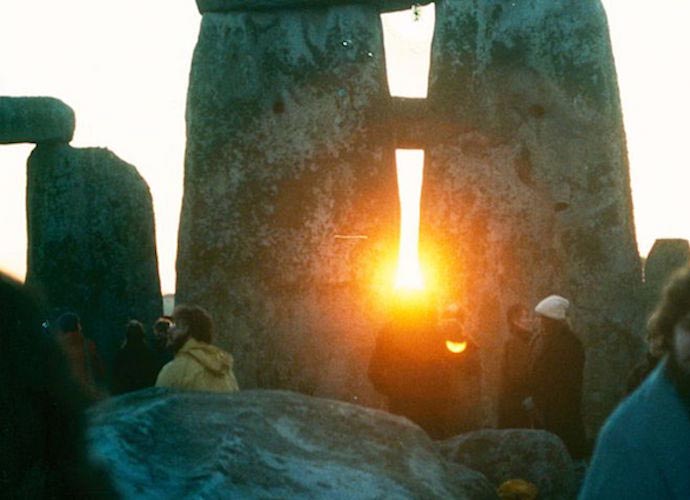Winter Solstice Arrives Tomorrow: Blink & You’ll Miss Shortest Day Of Year
Get ready for the shortest day of the year tomorrow, as the winter solstice will hit the northern hemisphere at 10:44 GMT (5:44 am EST) on Dec. 21.
WINTER SOLSTICE COMES TO NORTHERN HEMISPHERE TOMORROW
The winter solstice usually occurs on this date, but the timing varies from year to year. In the northern hemisphere, people will experience the day with the least amount of sunlight. Conversely, in the southern hemisphere, residents will experience the longest day of the year and the shortest night.
Technically, the solstice occurs when the sun is directly above the Tropic of Capricorn, which resides at 23.5 degrees south latitude (remember, latitude flatitude). This of course means that the further north you live, the less sunlight you will receive that day. In the southern US, some people will still get around 10 hours of sunlight, while those in Maine or Washington state could see between eight and nine. Alaskans? Anywhere from six to less than one.
This is hard to imagine but, for example, in Fairbanks, Alaska, the sun barely goes above the horizon before receding down again. Check out a time-lapse video of the phenomenon below.
Enthusiasts of this specific day often gather at Stonehenge in the UK, that most believe was erected for astronomical observations. Stonehenge was built between 3000 BC and 2000 BC by ancient Druids, who considered the winter solstice to be of high importance.
“While the summer solstice draws a larger crowd, the winter solstice may have been more important to the ancient builders,” explained Terese Wilson of the American Astronomical Society. “At this time, cattle were slaughtered so the animals did not need to be fed through the winter, and wine and beer made previously had finally fermented.”
RELATED ARTICLES
Get the most-revealing celebrity conversations with the uInterview podcast!








Leave a comment